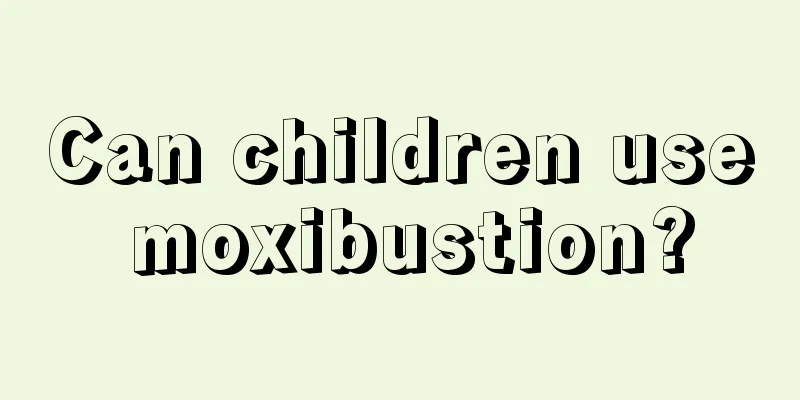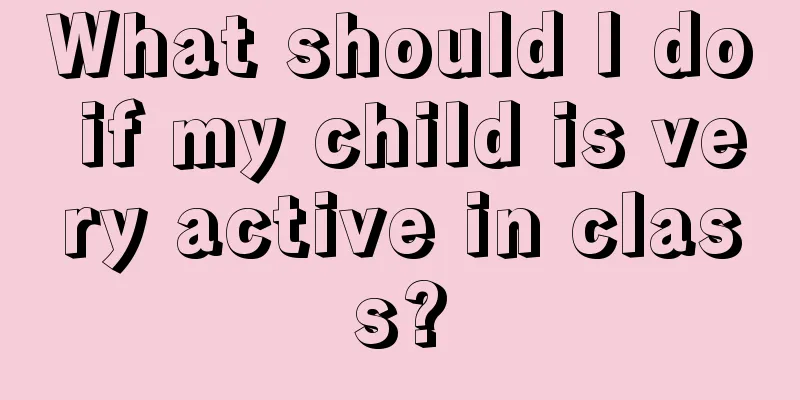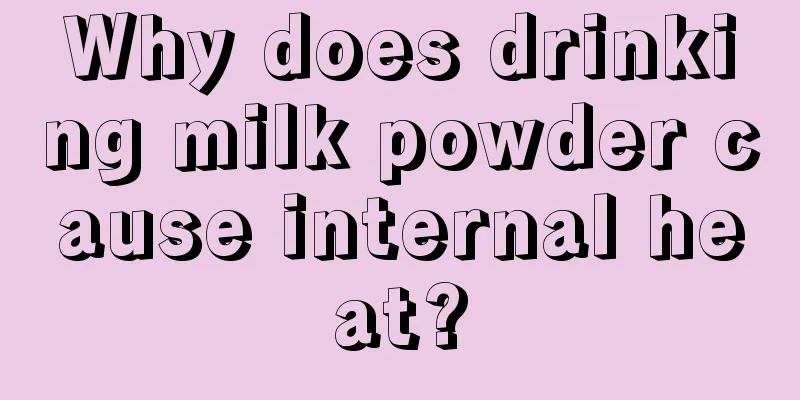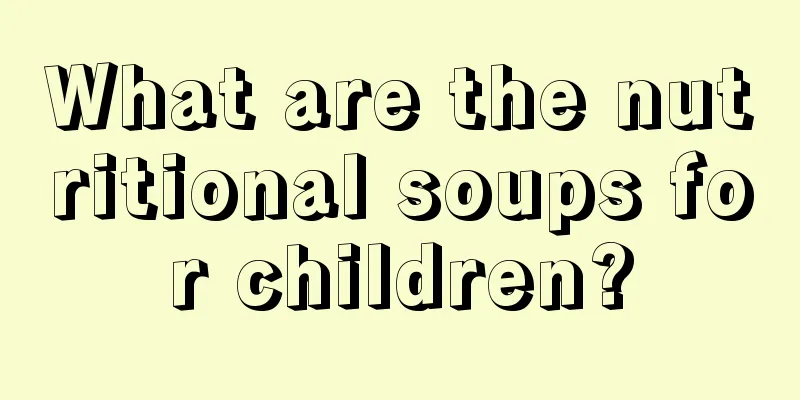What causes children to cough and have nosebleeds?
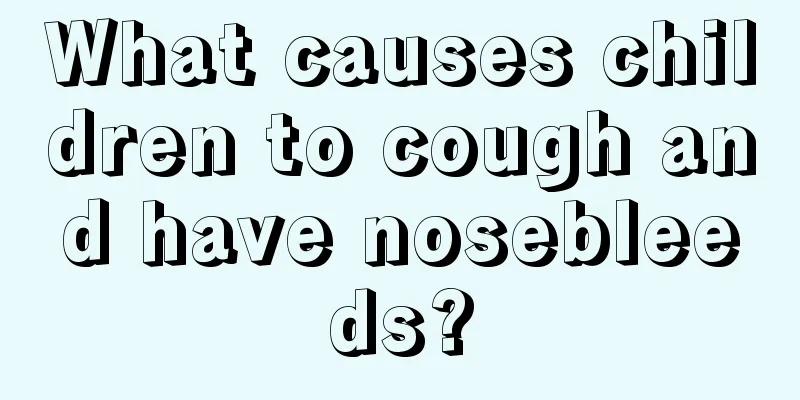
|
People often cough, the most common ones are cold coughs, wind-heat coughs, etc. In addition, some lung diseases, nasal and respiratory diseases can easily lead to severe coughs. Because children have poorer body resistance, they are more likely to cough. In addition, some children will have symptoms of nosebleeds when coughing. What is going on? What causes children to cough and have nosebleeds? 1. Children with colds cough and bleed from the nose because the cold reduces the resistance of the nasal mucosa. Children make some actions that directly hurt the nasal mucosa (such as blowing their nose hard, picking their nose, etc.), which makes them prone to nosebleeds. The organs that cause coughing include the respiratory tract, lungs, respiratory muscles, and nervous system. The cough center is located in the medulla oblongata. When the cough center is stimulated, coughing occurs. Respiratory tract inflammation, such as inflammation caused by viruses, bacteria and certain parasites invading the respiratory tract, can irritate the mucous membrane and cause coughing. Secondly, a variety of physical and chemical factors can irritate the respiratory mucosa, or compress the bronchi, stimulating the cough center through the nerves. 2. Children with nasal allergies - due to itchy, runny nose, and nasal congestion, they often pick their noses, which causes the nasal mucosa to be frequently injured and bleed. 3. Children who have the habit of picking their noses with their fingers - Frequent picking of the nose causes repeated injuries to the entrances of the nose and the nasal vestibule, resulting in scabs and easy bleeding. 4. Children with blood diseases - Although these children have no nose injuries, they often have nosebleeds. The flow rate is usually slow, but the frequency is very frequent. This type of nosebleed is often caused by blood diseases. If this happens, you must go to the hospital immediately for a blood test to be on the safe side. What should I do if my child coughs and has a nosebleed? 1. When a child has a cold, fever and nosebleed, you can tie a thin rope around the lower part of the child's middle finger. This can stop the bleeding quickly and is very effective. 2. When children have a cold, fever and nosebleed, parents can use garlic to stop the bleeding. The method is to mash the garlic and apply it on the child's Yongquan acupoint or mash the garlic and stick it on the soles of the child's feet with a Band-Aid. Doing this can stop nosebleeds caused by colds and fevers. 3. When children have a cold, fever and nosebleed, onion juice can be used to treat the nosebleed. Applying onion juice to the nasal cavity is a good way to stop bleeding. Onion juice is spicy, warm and non-toxic. It can disperse blood stasis and stop bleeding. The method is to use the onion juice of the green onion, especially the green onion inside the New Year treatment. Wash the green onion, then use a cotton ball dipped in mucus and plug it into the two nostrils respectively. Use it several times to see obvious results. At the same time, pay attention to eating more vegetables and fruits, drinking more water, eating less spicy and dry foods, and not picking your nose. 4. Children's cough syrup: used for cough caused by cold in children. 5. Children's Paracetamol and Phenylamine Granules: Suitable for relieving fever, headache, limb pain, sneezing, runny nose, nasal congestion, sore throat and other symptoms caused by common cold and influenza in children. Children's Cold Granules: Used for wind-heat cold in children, with symptoms of fever, headache, cough with sticky phlegm, and sore throat. Influenza patients with the above symptoms. |
<<: How to take care of a lump on a child’s anus?
>>: How to deal with children’s nose bleeding due to picking their nose?
Recommend
What to do if your child has rhinitis and nasal congestion
Rhinitis and nasal congestion are common in child...
How to make tomato baby food
Tomatoes are a very common food. The nutritional ...
How long does it take for a child's keratitis to heal?
Keratitis is a common clinical problem that has a...
What is the development standard for a baby at one year and three months old?
In fact, during the development of your baby, the...
How to develop children's intelligence
The intellectual development of children plays a ...
How to take care of a child's slow growing hair?
When babies are born, we find that some babies ha...
Sequelae of general anesthesia for children
Because children are young and have low immunity,...
What is the circumference of a three month old baby's head?
What is the head circumference of a three-month-o...
What is the best food for babies with thalassemia?
Thalassemia is related to genetics. Most children...
What to do if your child has repeated fever
Children have weaker constitutions and their immu...
The child's face is red and his ears are red
There are both physiological and pathological fac...
How many days does it take for a child to recover from influenza A?
Influenza A is a very strong type of influenza. I...
What to do if a child's tongue is scalded
Very young children lack some self-care ability, ...
Pediatric brain injury syndrome
Pediatric brain injury syndrome is a relatively c...
What should I do if my child sweats a lot?
Maybe the heavy sweating that many children have ...

